Spring Arts Preview: Visual Arts
By • February 25, 2020 0 1150
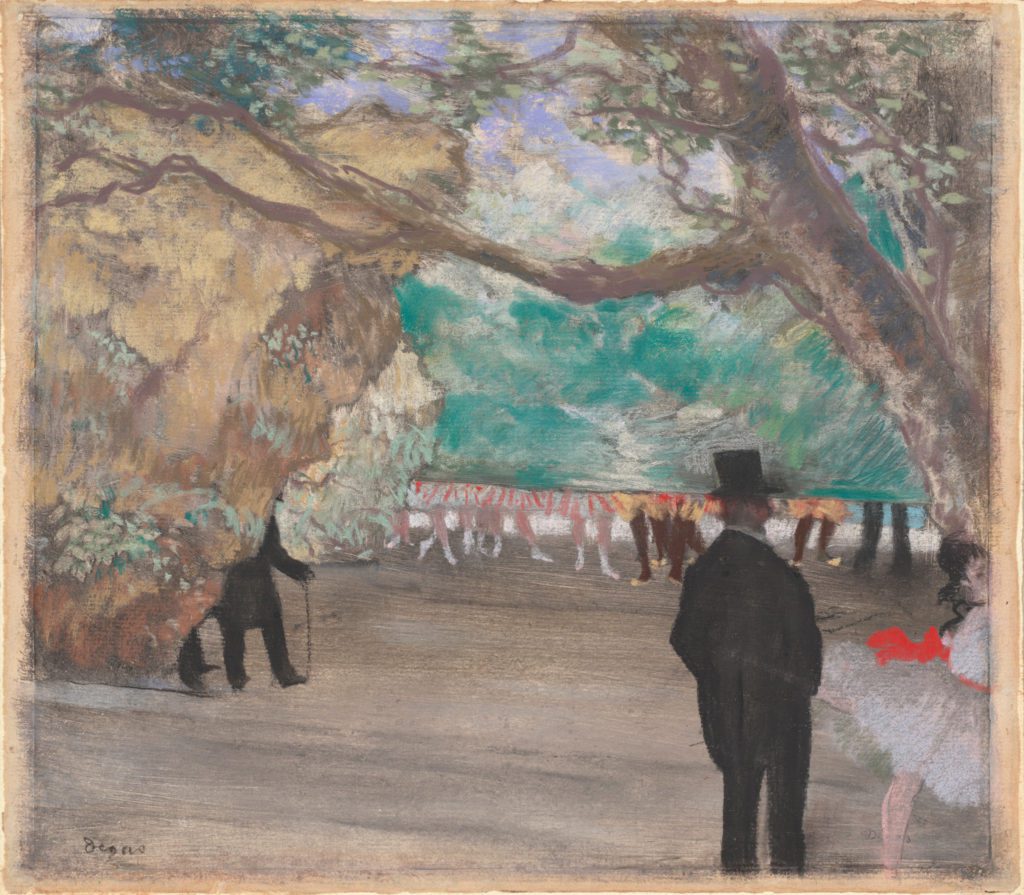
Degas at the Opéra
National Gallery of Art
March 1 to July 5
Edgar Degas (1834–1917) is the premier painter of dancers, a subject that dominated his art for nearly four decades. His renowned images of the Paris Opéra are among the most sophisticated and visually compelling works he created. Celebrating the 350th anniversary of the Paris Opéra’s founding, this exhibition will present 100 of the artist’s best-known and beloved paintings, pastels, drawings, prints and sculptures.
Degas explored both the public spaces of the Opéra — auditorium, stage and boxes — and more private ones, including dance studios and backstage. He was friends with many of the people he depicted in his paintings, from dancers, singers and orchestra musicians to the formally dressed subscribers. The Opéra also fueled some of Degas’s most daring technical innovations, including his first monotype and his iconic wax sculpture “Little Dancer Aged Fourteen,” which revolutionized the medium.
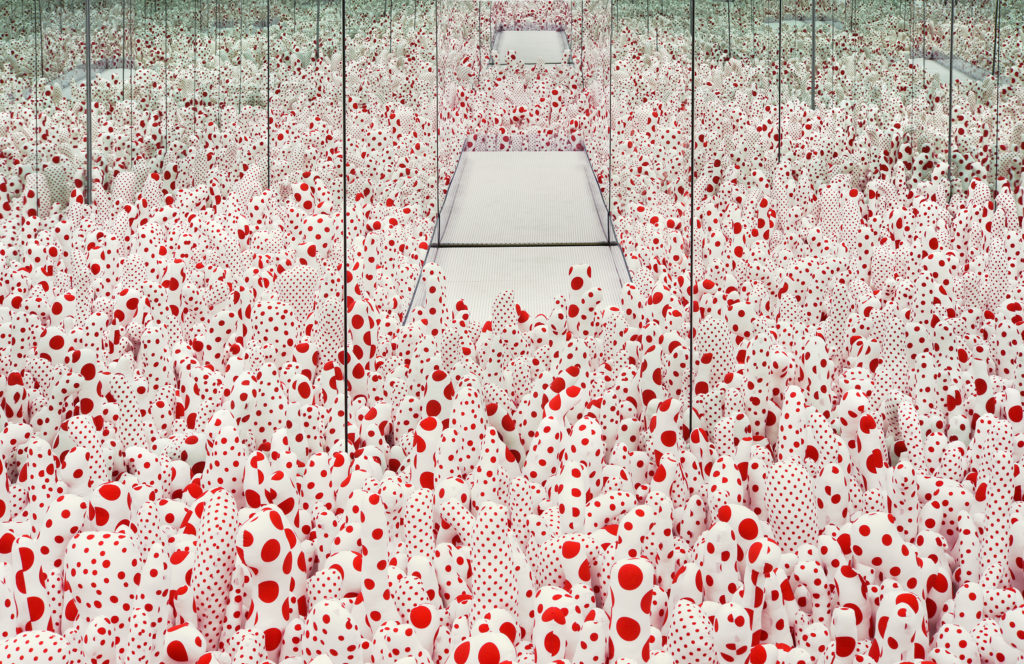
“Infinity Mirror Room — Phalli’s Field,” (1965). Yayoi Kusama. Courtesy Hirshhorn.
One with Eternity: Yayoi Kusama in the Hirshhorn Collection
Hirshhorn Museum
April 4 to Sept. 20
“One with Eternity: Yayoi Kusama in the Hirshhorn Collection” is a tribute to the life and practice of Yayoi Kusama (b. 1929), a visionary artist whose revelatory practice has captivated audiences around the world. Building on the Hirshhorn’s blockbuster 2017 show “Yayoi Kusama: Infinity Mirrors,” this new exhibition will affirm Kusama’s legacy within the museum’s collection and art history with three significant new acquisitions.
“One with Eternity” will showcase the Hirshhorn’s permanent collection of works by Kusama — including two of her “Infinity Mirror Rooms,” her first and one of her most recent — while honoring her distinctive vision by exploring its development across multiple media. Note: Free same-day timed passes will be distributed daily at the museum starting at 9 a.m.

A projection in the “Age Old Cities” exhibition. Courtesy NMAA.
Age Old Cities: A Virtual Journey from Palmyra to Mosul
National Museum of Asian Art (Freer and Sackler Galleries)
Through Oct. 25
In the recent past, Iraq and Syria have suffered profound upheavals that have destroyed many significant cultural and religious sites, leaving little of the rich historical past. Using groundbreaking digital installations, “Age Old Cities” takes visitors on a virtual tour of three ancient cities: Palmyra and Aleppo in Syria and Mosul in Iraq.
Organized by the Arab World Institute in Paris, “Age Old Cities” was created in collaboration with Iconem, which specializes in digitizing cultural heritage sites in 3D, and in partnership with UNESCO.
The exhibition offers an immersive experience, inviting visitors into the heart of each of the three cities with large-scale projections of dynamic imagery and 3D reconstructions of damaged monuments. The projections shift gradually from destruction to progressive reconstruction. In this way, the exhibition highlights the devastation of these sites — all cornerstones of world culture — but also offers hope for their reconstruction and rehabilitation.
Several videos feature interviews not only with archaeologists and curators, who work at great personal risk to protect and preserve these sites, but with residents. Others explore unique parts of the cities, such as the markets of Aleppo or the Tomb of the Three Brothers in Palmyra, an underground burial chamber turned into an ISIS base of operations.
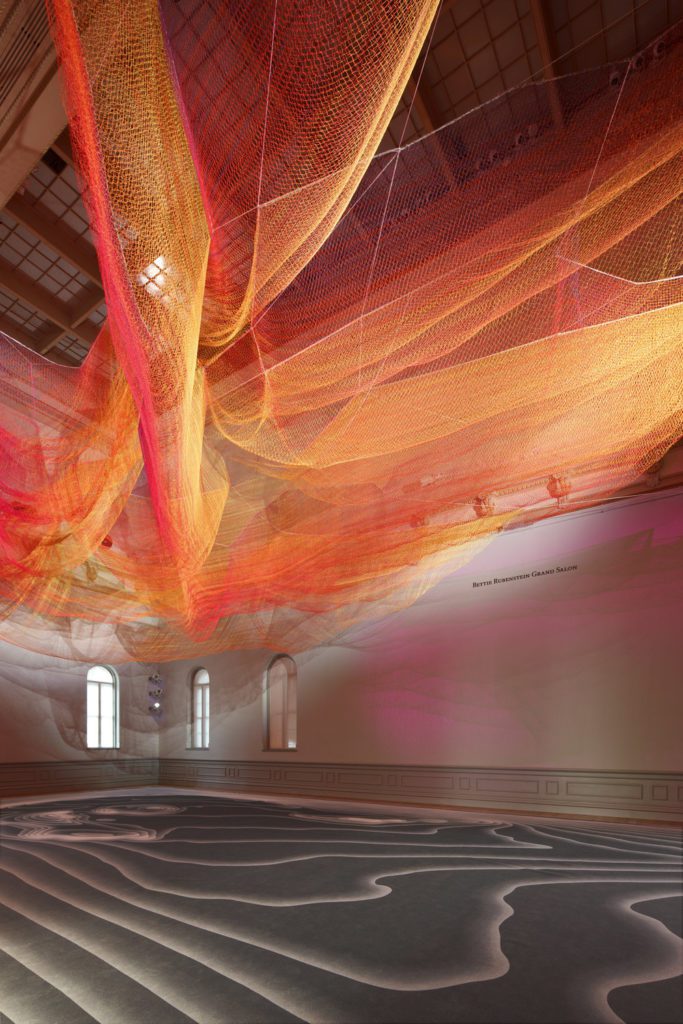
“1.8 Renwick,” 2015. Janet Echelman. Courtesy SAAM.
Janet Echelman’s 1.8 Renwick
Renwick Gallery, Smithsonian American Art Museum
Opens April 3
This colorful fiber and lighting installation by Janet Echelman (b. 1966) examines the complex interconnections between human beings and our physical world, also revealing the artist’s fascination with the measurement of time. The work, a volumetric form suspended from the ceiling, was inspired by the data recorded following the Tohoku earthquake and tsunami that rippled across the Pacific Ocean toward Japan on March 11, 2011. This geologic event was so powerful that it shifted the earth on its axis and shortened the day by 1.8 millionths of a second, lending the work its title.
Echelman’s knotted meditation contrasts the forces we can understand and control with those we cannot, while setting the concerns of our daily existence against the larger cycles of time. Shifting light will cast projected shadow drawings in vivid colors that will move from wall to wall, enticing viewers to lie down on the carpet and contemplate the work.
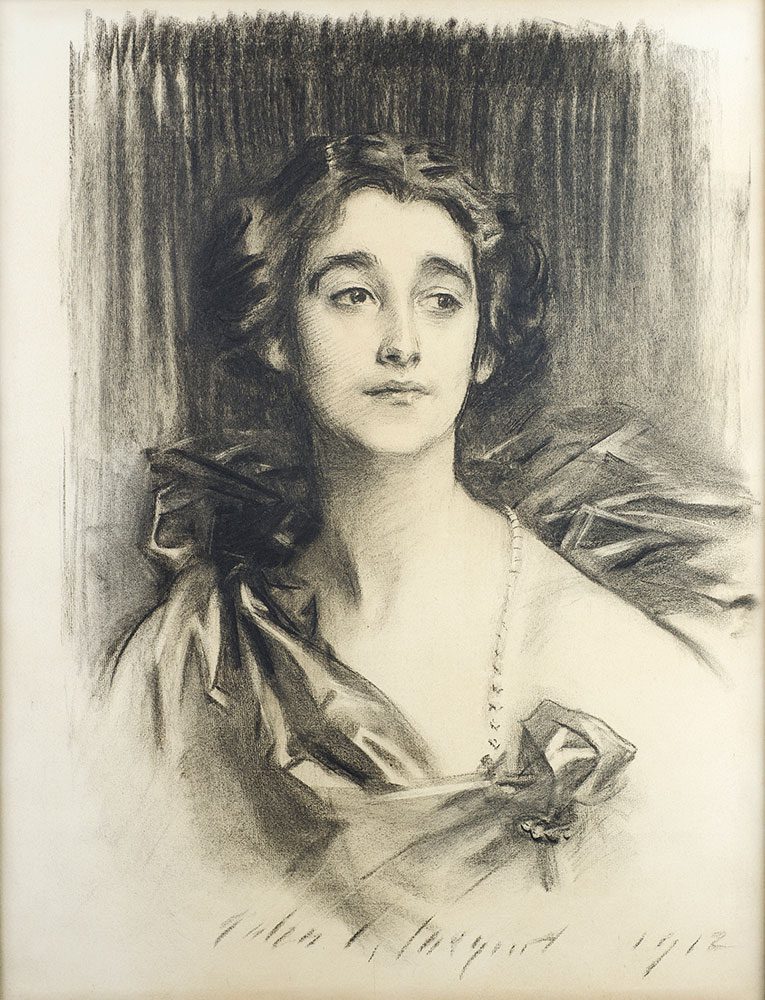
“Sybil Sassoon,” 1912. John Singer Sargent. Courtesy NPG.
John Singer Sargent: Portraits in Charcoal
National Portrait Gallery
Feb. 28 to May 31
In 1907, at the height of his success as a portraitist, John Singer Sargent (1856–1925) astonished the transatlantic art world when he stopped painting portraits in oil. Switching to charcoal, Sargent produced several hundred portraits of individuals recognized for their accomplishments in fields such as art, music, literature and theater.
Organized by the National Portrait Gallery and the Morgan Library & Museum in New York, “John Singer Sargent: Portraits in Charcoal” will be the first exhibition of Sargent’s portrait drawings in over 50 years. This once-in-a-lifetime assemblage of master drawings will feature compelling depictions of an international network of the Gilded Age elite.
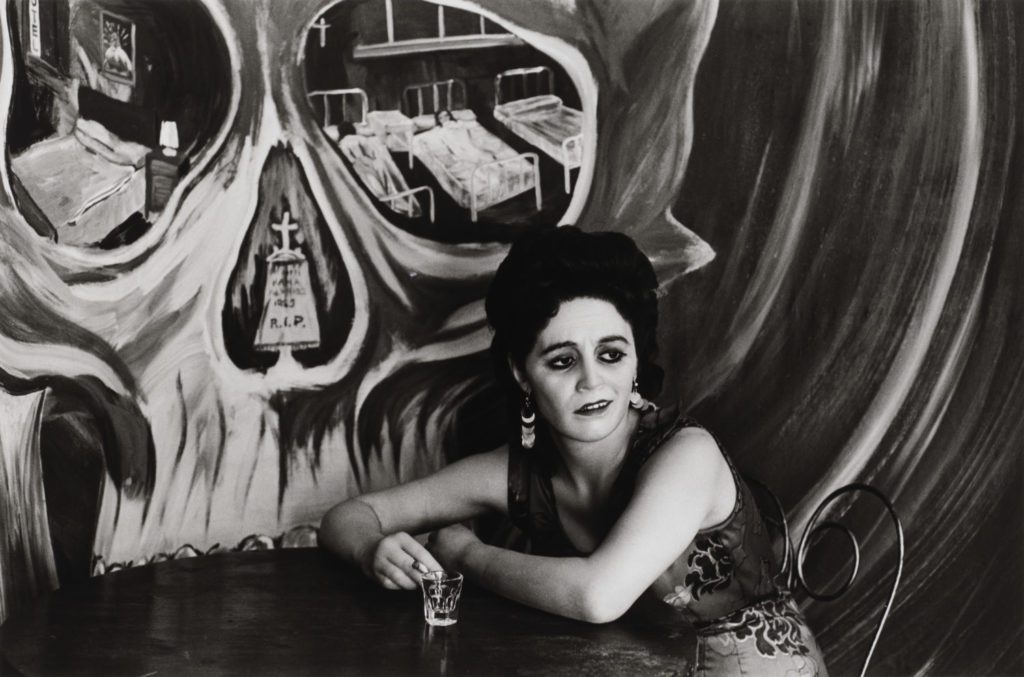
Untitled, Mexico City, 1969–72. Graciela Iturbide. Courtesy NMWA.
Graciela Iturbide’s Mexico
National Museum of Women in the Arts
Feb. 28 to May 25
For the past 50 years, Graciela Iturbide (b. 1942) has produced majestic, powerful and sometimes visceral images of her native Mexico. One of the most influential contemporary photographers of Latin America, Iturbide transforms ordinary observation into personal and lyrical art. Her signature black-and-white gelatin silver prints present nuanced insights into the communities she photographs, revealing her own journey to understand her homeland and the world.
“Graciela Iturbide’s Mexico” is the artist’s most extensive U.S. exhibition in more than two decades, comprising 140 photographs organized around nine themes. Her photographs that document the Seri, Juchitán and Mixtec societies offer compelling insight into the daily lives and customs of indigenous men and women. Iturbide demonstrates her deep awareness of complex cultural symbols through representations of processions honoring the dead, as well as lavish, exuberant fiestas that highlight Mexico’s pre-Hispanic and Spanish heritages. Her depictions of animals, birds and plants are rendered with as much sensitivity as her images of people, calling attention to the relationship between human presence and nature.
The exhibition will also feature Iturbide’s haunting snapshots of personal items that painter Frida Kahlo left at her home, la Casa Azul (the Blue House), after Kahlo’s death. These photographs connect Iturbide to Kahlo, another of Mexico’s most celebrated artists, as two women who have used their craft to grapple with and transcend the hardships and tragedies of life.
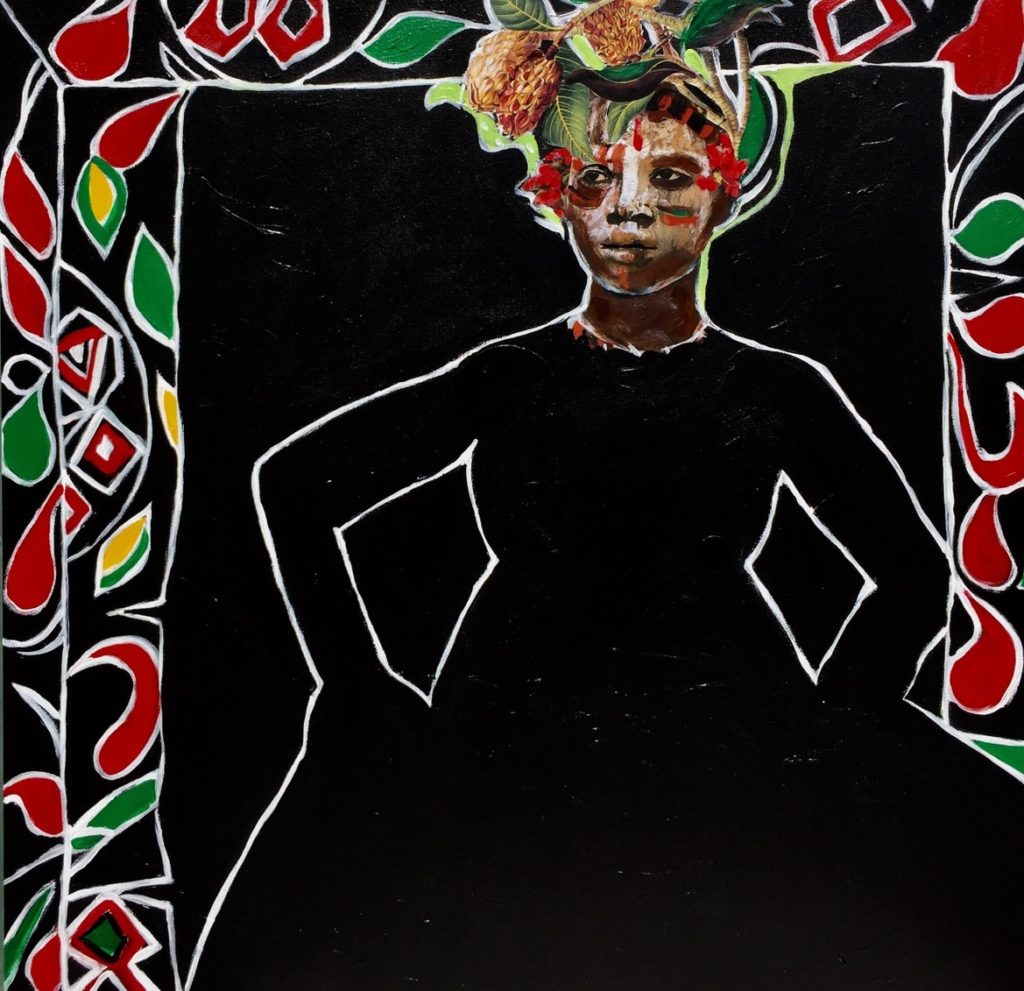
“And She was Born,” 2017. Janet Taylor Pickett. Courtesy Phillips Collection.
Riffs and Relations: African American Artists and the European Modernist Tradition
The Phillips Collection
Feb. 29 to May 24
“Riffs and Relations: African American Artists and the European Modernist Tradition” will present works by African American artists of the 20th and 21st centuries together with examples by the early 20th-century European artists with whom they engaged. The exhibition will explore the connections and frictions around modernism in the work of artists such as Romare Bearden, Robert Colescott, Renee Cox, Wassily Kandinsky, Henri Matisse, Pablo Picasso, Hank Willis Thomas and Carrie Mae Weems.
European modernist art has been a complicated influence on black artists for more than a century. The powerful push-and-pull of this relationship constitutes a distinct tradition for many African American artists, who have mined the narratives of art history, whether to find inspiration, mount a critique or claim their own space. “Riffs and Relations” will examine these cross-cultural conversations and present the divergent works that reflect these complex dialogues.

